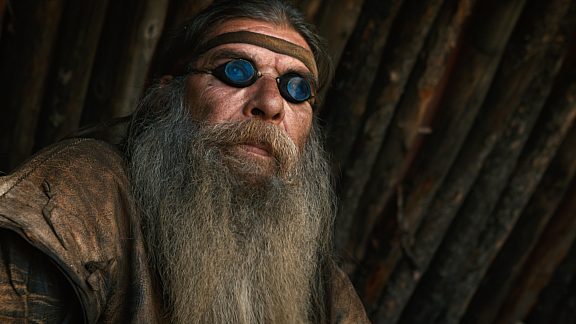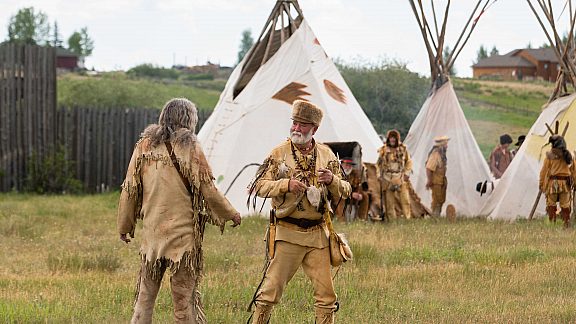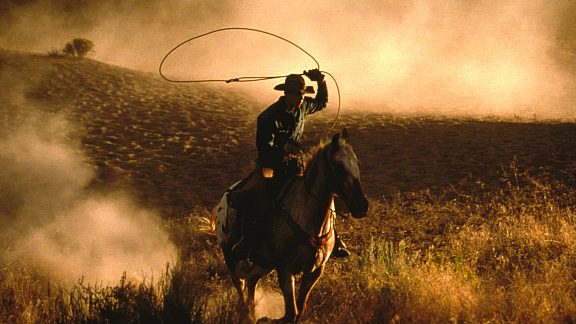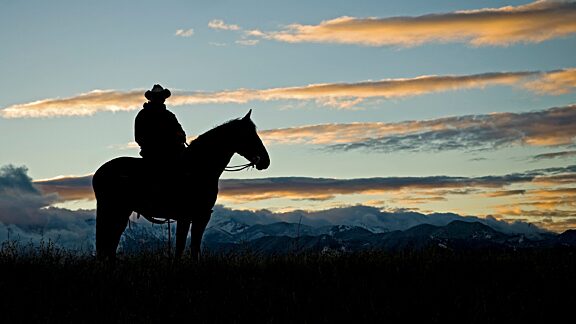
Our History
Pinedale has a vast history of exploration, fur trapping and trading, ranching, and outdoor recreation. In the early 1800s, the Rocky Mountain Fur Trade brought trappers and traders to the Green River Valley in search of pelts while the eastern explorers were drawn west to the uncharted mountains. These mountain men endured the isolation and hazardous conditions of the mountains and made their way down to the valley in the summer. The first Green River Rendezvous was held in 1833 as a way for trappers and traders to meet, exchange wares, and tell tall tales. The first ten acres of what would become Pinedale’s downtown were set down in 1904. Pinedale became incorporated in 1912 and was recognized as the incorporated town farthest away from a railroad in the United States. Even today, this area remains one of the most remote in the country and residents proudly proclaim that Pinedale is “All the civilization you need.”

The Mountain Men and Fur Trade
In the early 1800s, beaver fur was in high demand — especially for hats — and the Rocky Mountain Fur Company hired rugged explorers to head west in search of their pelts. This was an important stepping stone in the westward expansion of the United States and mountain men like Jim Bridger and Kit Carson blazed the trail for the largest voluntary mass migration in history — the pioneer caravans of the Oregon Trail.
The Green River Valley was prized by mountain men for its abundance of beaver and other wildlife and became the center of the mountain fur trapping industry for the next 40 years. In the summer months, the mountain men would make their way down to the valley to Rendezvous with traders and other trappers and get news from the eastern part of the state. The first Green River Rendezvous was held in 1833 and became an annual event. Pinedale has hosted Rendezvous reenactments and celebrations every year in July since 1936.

Western Heritage
From the first explorers of the past to present-day ranchers, a true sense of adventure and frontier living has always been a part of life for Pinedale area residents. After the fur trade era, settlers began to utilize the valley for ranching purposes and the iconic western cowboy image began to spread through the United States like wildfire. While the rest of the country romanticized the cowboy lifestyle, these hard-working, tough-as-nails men and women went about their day-to-day on the open range, relatively unaffected by the Hollywood stereotypes.
The Green River Drift is the longest-running cattle drive in the country and the only ranching-related Traditional Cultural Property listed on the National Register of Historic Places. What began in 1896 has changed little through the years and twice annually the local cowboys still shut down traffic as they herd their charges right through town

The Museum of the Mountain Man
The Museum of the Mountain Man transports you back to the 1800s when the men were as wild as the mountains and the Winds were just beginning to be explored.
The Museum of the Mountain Man is a display of Pinedale’s history and culture, and it attracts about 12,000 visitors during its six-month season. The Sublette County Historical Society’s goal is to preserve the history of the Rocky Mountain Fur Trade era, and to specifically highlight Pinedale’s role as the fur trade’s center of operations. The museum also details the economics of the fur trade and its eventual downfall, and the challenges of initial settlements in this region by pioneers heading west.
The Museum’s permanent collection includes many relics of the fur trade era, including Jim Bridger’s rifle, Native American clothing, Winchester firearm displays, and Archaic evidence detailing earliest habitation in this area. A Shoshone bow made from the horns of a Bighorn Sheep and authenticated to be one of the oldest specimens of its kind is on display, with information about its discovery in the nearby Gros Ventre range. Arguably its best but largely unseen jewel is a priceless research library with many rare and classic books on early Wyoming history and the fur trade era, acquired mainly through private donations.